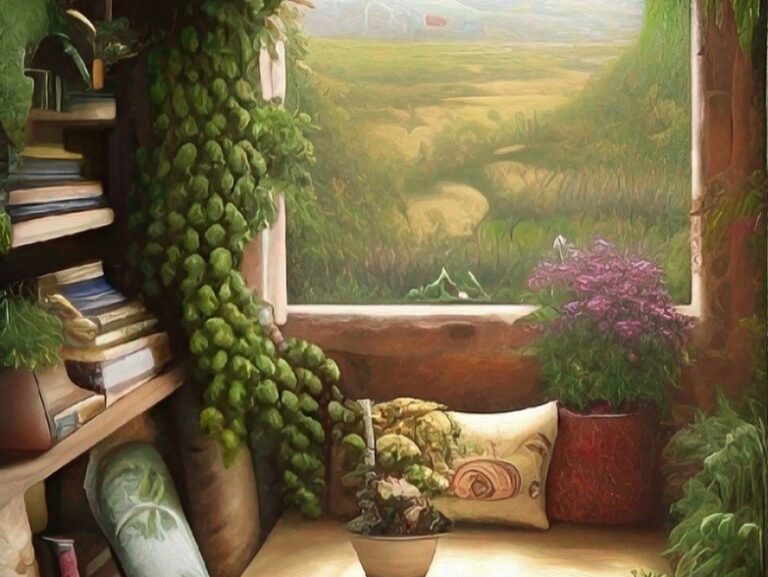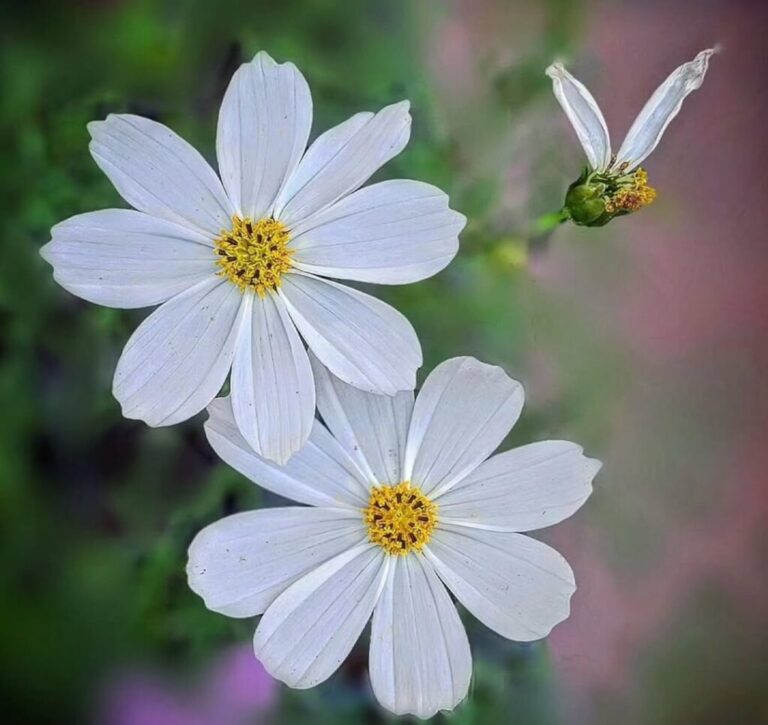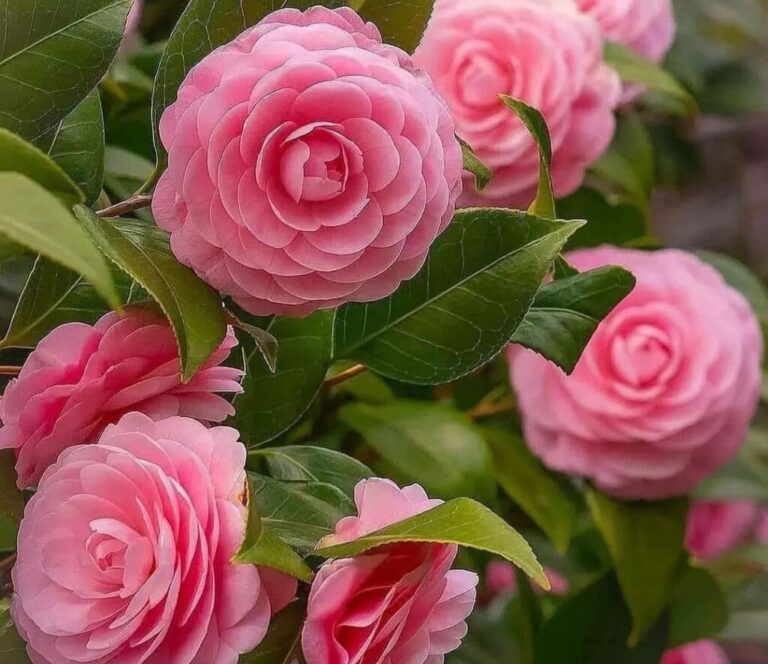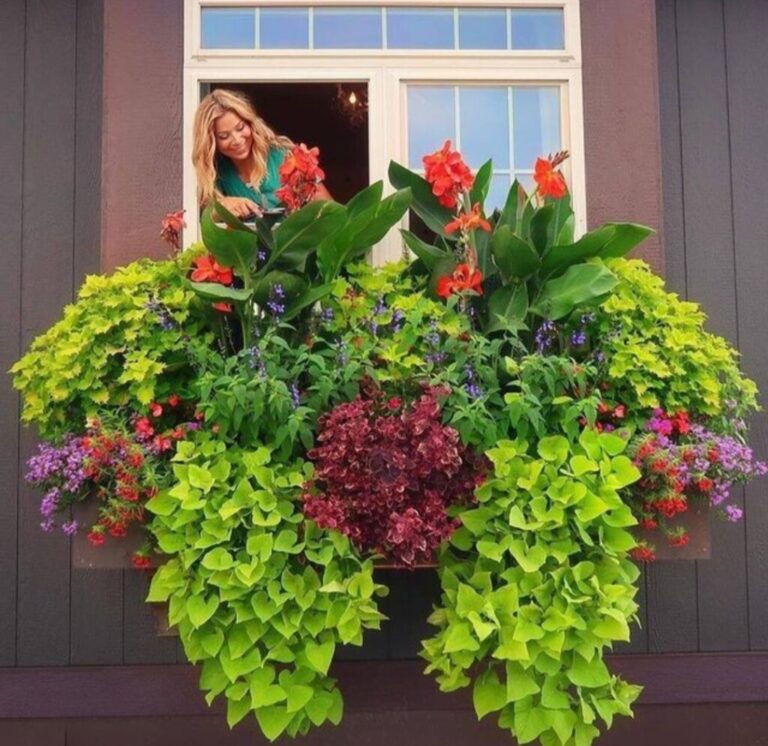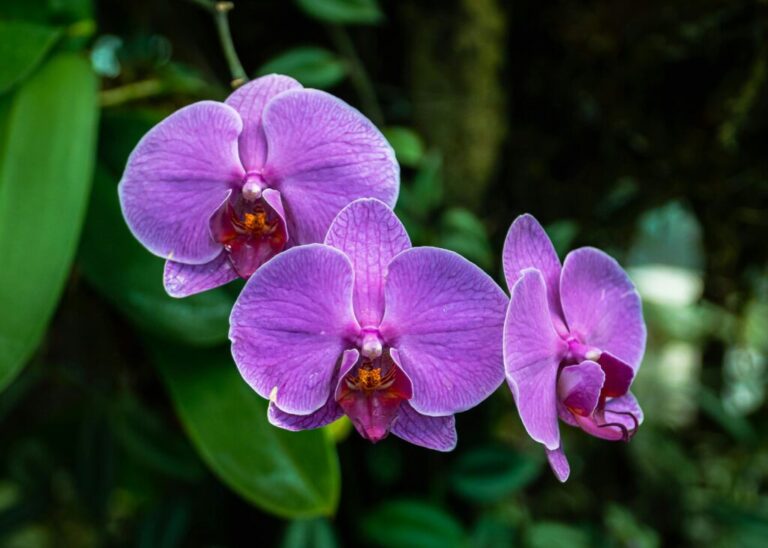Indoor vs Outdoor Plant Care : Plants bring life, beauty, and fresh air to any space, whether indoors or outdoors. However, their care needs vary significantly based on where they grow. Indoor plants thrive in controlled environments, requiring proper lighting, humidity, and pest management. Outdoor plants, on the other hand, face natural elements like weather changes, pests, and soil conditions that demand different care strategies.
In this guide, we’ll explore the key differences between indoor and outdoor plant care, highlight common problems gardeners face, and provide expert solutions to keep your plants healthy and thriving. Whether you’re nurturing a houseplant collection or maintaining a lush garden, these tips will help you avoid common mistakes and ensure success in any setting.
- 1 Understanding the Fundamental Differences Between Indoor and Outdoor Plants
- 2 Essential Tools and Equipment for Plant Care Success
- 3 Light Requirements: Natural vs Artificial Solutions
- 4 Watering Techniques and Schedule Differences
- 5 Soil Selection and Maintenance Strategies
- 6 Indoor vs. Outdoor Plant Care: Expert Tips, Common Problems, and Solutions
- 7 Pest Management Approaches for Different Environments
- 8 Seasonal Care Adjustments and Transitions
- 9 Fertilization Methods and Timing
- 10 Pruning and Maintenance Guidelines
- 11 Disease Prevention and Treatment Strategies
- 12 Conclusion: Creating Thriving Plant Environments Anywhere
Understanding the Fundamental Differences Between Indoor and Outdoor Plants
Knowing the differences between indoor and outdoor plants is key to good plant care. Indoor plants need special attention to light, temperature, and humidity. With the right care, your indoor plants can thrive.
Light is a big factor. Indoor plants often need grow lights because they don’t get enough natural light. This is true for plants that need lots of light to grow. Outdoor plants, on the other hand, get direct sunlight, which can help or harm them.
Environmental Control Factors
Temperature and humidity are also important for indoor plants. They usually do best in temperatures between 65-75°F (18-24°C) and humidity levels of 40-60%. By controlling these, you can make a great home for your indoor plants.
Natural vs Artificial Light Exposure
Outdoor plants need natural light, but indoor plants often need artificial light. Knowing how different lights affect plants helps you care for them better.
| Light Type | Effects on Plant Growth |
|---|---|
| Natural Light | Promotes photosynthesis and healthy growth |
| Artificial Light | Supplements natural light, promotes healthy growth |
By following these tips and understanding the differences between indoor and outdoor plants, you can make a great space for your plants to grow and flourish.
Essential Tools and Equipment for Plant Care Success
When it comes to outdoor plant care, the right tools are key. They help keep your plants healthy and thriving. From watering cans to pruning shears, the right tools are crucial. We’ll look at the essential tools for plant care solutions for your outdoor plants.
Some must-have tools for outdoor plant care include:
Watering cans or hoses with spray nozzles
Pruning shears or loppers for trimming and shaping
Gardening gloves for protection from thorns and dirt
A wheelbarrow or garden cart for transporting plants and soil
Investing in these tools will help your outdoor plants thrive. Choose tools that are durable, easy to use, and fit your plant care needs. With the right tools and a bit of knowledge, you can create a beautiful outdoor garden. It will bring joy and serenity to your life.
“The success of your outdoor plant care can be greatly impacted by the appropriate instruments. You can make sure your plants get the attention they require to flourish by selecting the appropriate tools.
Light Requirements: Natural vs Artificial Solutions
Understanding your plants’ light needs is key to their health and growth. Most plants need light to make energy through photosynthesis. But, how much light they need varies by plant type. Succulents and cacti do well in low light, while ferns and peace lilies need more.
Not enough light can cause weak growth and make plants more prone to disease. To fix this, knowing about different light types is crucial. Natural sunlight is best, but artificial lights like grow lights can help too.
Understanding Light Intensity Needs
Lux or foot-candles (fc) are units of measurement for light intensity. Knowing your plants’ specific needs is important. Low-light plants need 50-200 fc, while high-light plants need 500-1,000 fc. This helps ensure they get the right amount of light.
Seasonal Light Changes
Seasonal changes affect indoor plants’ light needs. Winter days are shorter and lighter, impacting growth. Using extra lights can help provide the needed light intensity and duration.
Supplemental Lighting Options
There are many ways to add extra light to your plants. LED grow lights, fluorescent lights, and incandescent lights are popular. LED lights are energy-saving and can be adjusted to meet your plants’ needs. They prevent frequent issues and help plants thrive even in low light.
Watering Techniques and Schedule Differences
Watering is key to keeping outdoor plants healthy. Each plant has its own water needs. Too much water can harm plants, while too little can stress them out.
The following advice will help you water your plants:
Put your finger into the ground up to the first knuckle to check the moisture content of the soil.
Water plants in the early morning or late evening to avoid evaporation.
To get water straight to the roots, use a soaker hose or drip irrigation system.
The proper amount of water is one of the many things that outside plants require. Be mindful of the light, humidity, and temperature. Your plants will flourish if you adhere to these suggestions.
Watering is an art that requires patience, observation, and a deep understanding of the plant’s needs. By mastering this art, you can create a thriving outdoor garden that brings joy and beauty to your life.
Soil Selection and Maintenance Strategies
The health and growth of your indoor plants depend on the soil you choose. A good indoor potting mix drains well but holds enough moisture. Plant care solutions offer products tailored for indoor plants.
Outdoor soil care focuses on making the soil better for plantsCompost or manure can be added to soil to raise its pH and support beneficial microorganisms.Knowing your plants’ soil needs helps them grow well.
Soil pH: Most plants like a pH of 6.0 to 7.0, which is slightly acidic to neutral.
Soil structure: Good soil holds moisture but drains excess water to avoid waterlogged soil.
Organic matter: Adding compost or manure boosts soil fertility and supports good microbes.
For a healthy indoor and outdoor environment, heed these suggestions and use the appropriate plant care products. For the greatest maintenance, always check your plants’ soil requirements.
Indoor vs. Outdoor Plant Care: Expert Tips, Common Problems, and Solutions
Outdoor plant care faces many common problems. These can stem from pests, diseases, or environmental stress. To avoid these, ensure your plants get enough water, nutrients, and sunlight.
Experts suggest regularly checking your plants for stress or disease signs. Acting fast can stop disease spread and pest infestations. Additionally, organic gardening practices are better for the environment and encourage healthy growth.
Some common issues with outdoor plants include:
Pest infestations, such as aphids or whiteflies
Conditions like root rot and powdery mildew
Environmental factors including severe weather or drought

By following these tips and knowing about common problems, you can keep your outdoor plants healthy. Always ensure the right conditions and act quickly to solve any issues.
Outdoor plant care needs knowledge, skill, and attention. By giving your plants the right care and preventing common problems, you can have a beautiful outdoor space.
Pest Management Approaches for Different Environments
Managing pests is a big challenge in indoor plant care. These small pests have the ability to spread diseases and damage your plants. It’s important to recognise and avoid common pests.
Some common indoor plant pests include:
Aphids
Whiteflies
Spider mites
Mealybugs
To fight these pests, use plant care tips like isolating sick plants and using insecticidal soap. Also, keep your plants clean.
Outdoor plants face different pests like slugs, snails, and caterpillars. To fight these, try natural methods like:
Using physical barriers
Practicing companion planting
Encouraging beneficial insects
Your plants will remain robust and healthy if you adhere to these plant care guidelines and use the appropriate indoor plant care techniques.
Remember, pest management is a long-term effort.It requires perseverance, patience, and knowledge of proper plant care.Stay alert and act early to protect your plants and give them the best care.
| Pest | Indoor/Outdoor | Prevention Method |
|---|---|---|
| Aphids | Indoor | Insecticidal soap |
| Slugs | Outdoor | Physical barriers |
| Spider mites | Indoor | Isolation and hygiene |
Seasonal Care Adjustments and Transitions
It’s important to modify your outdoor plant care regimen as the seasons change. This guarantees the success of your plants. For example, plants use less water in the winter and more in the summer.
For plant care solutions, seasonal adaptation is essential. Adapt your care as necessary by keeping an eye on the weather. Regularly checking the soil’s moisture content and watering as necessary is an easy method.
Plants should be pruned in the spring to encourage new growth.
Summertime fertilisation of plants to promote robust growth
Keeping plants safe from winter frost
You may take the best possible care of your plants by using these suggestions. Continue to learn about the needs of your plants and modify your care regimen accordingly.
“Knowing each plant’s particular requirements and being able to adjust to the changing seasons are essential for effective plant care.
| Season | Plant Care Adjustments |
|---|---|
| Spring | Prune plants to promote new growth, fertilize with a balanced fertilizer |
| Summer | Water plants frequently, fertilize with a high-phosphorus fertilizer |
| Autumn | Reduce watering, fertilize with a low-nitrogen fertilizer |
| Winter | Protect plants from frost, reduce watering to once a month |
Fertilization Methods and Timing
Proper fertilization is key for plant health and growth, indoors or outdoors. Nutrient deficiencies can be prevented by knowing what your plants need. For indoor plants, use a fertilizer made for them since their needs differ from outdoor plants.
There are many fertilization methods. You can choose from organic fertilizers like compost or manure, or inorganic fertilizers like synthetic ones. The right choice depends on your plants’ needs and your preference. Organic fertilizers give nutrients slowly, while inorganic ones provide a quick boost.

Outdoor plants need a different fertilization plan. The schedule depends on the plant type, climate, and soil quality. Regular soil tests help adjust the fertilization plan. This way, you can prevent over- or under-fertilization and ensure your plants get the nutrients they need.
| Fertilizer Type | Indoor/Outdoor | Nutrient Release |
|---|---|---|
| Organic Fertilizer | Both | Slow Release |
| Inorganic Fertilizer | Both | Quick Release |
| Compost | Both | Slow Release |
Understanding your plants’ fertilization needs and following a good schedule helps. This way, you can avoid common problems and ensure your plants thrive, indoors or outdoors.
Pruning and Maintenance Guidelines
Proper pruning and maintenance are key for plant health, indoors or outdoors. For outdoor plants, pruning helps keep them in shape and encourages blooming. Simple tips can help your outdoor plants look great.
Indoor plants need pruning to control growth and shape. Trimming overgrown branches or dead leaves is important. Regular pruning also stops pests and diseases.Your plants will flourish if you adhere to these suggestions.
Using the right tools for the job, such as sharp and clean pruning shears
Pruning at the right time, such as during the dormant season for outdoor plants
Eliminating any damaged or dead branches to stop the spread of illness
By following these tips, your plants will stay healthy and vibrant. Always check the specific needs of your plants for the best care.
Disease Prevention and Treatment Strategies
Preventing diseases is key to keeping your indoor plants healthy. Make sure to water and feed them right. Too much water can cause root rot, while too little can stress them out, making them sick.
Good air flow is also vital. Keep plants apart and use fans to move the air. This stops fungal diseases that love damp places.
Common indoor plant diseases include root rot, leaf spot, and powdery mildew. To fight these, you can cut off sick parts, improve air flow, and use fungicides. Watch your plants for signs like yellow leaves or black spots.
Here are some tips for preventing and treating diseases in indoor plants:
Water your plants carefully, avoiding overwatering
Provide good air circulation around your plants
Regularly check your plants for illness symptoms.
Use fungicides or other treatments as needed
| Disease | Causes | Treatment |
|---|---|---|
| Root Rot | Overwatering | Improve drainage, reduce watering |
| Leaf Spot | Fungal infection | Remove infected leaves, improve air circulation |
| Powdery Mildew | Fungal infection | Use fungicides, improve air circulation |
Conclusion: Creating Thriving Plant Environments Anywhere
Caring for indoor and outdoor plants needs a careful touch. Knowing the special needs of each plant helps you create a thriving space. Whether it’s a delicate houseplant or a hardy outdoor plant, the secret is to tackle common plant problems and adjust your outdoor plant care plans.
Since each plant is unique, what suits one may not suit another.Keep an eye on your plants, try new things, and ask for help when needed. With the right information and a bit of effort, you can make a beautiful plant paradise, anywhere.
FAQS
What is the main difference between Indoor vs Outdoor Plant Care?
The main difference in Indoor vs Outdoor Plant Care is the environment. Indoor plants require controlled lighting, temperature, and humidity, while outdoor plants adapt to natural conditions and weather changes.
Can I grow outdoor plants indoors?
Some outdoor plants can thrive indoors if they receive enough sunlight and proper care. However, Indoor vs Outdoor Plant Care varies, so adjusting watering, humidity, and light exposure is essential
How does watering differ in Indoor vs Outdoor Plant Care?
Indoor plants need less frequent watering because they are not exposed to direct sunlight and wind. In Indoor vs Outdoor Plant Care, outdoor plants often require more water due to evaporation and changing weather
Do indoor and outdoor plants need different soil types?
Yes, soil requirements differ in Indoor vs Outdoor Plant Care. Indoor plants do well in lightweight, well-draining soil, while outdoor plants often need soil that retains moisture and nutrients for longer.
How does sunlight affect Indoor vs Outdoor Plant Care?
Sunlight exposure is a key factor in Indoor vs Outdoor Plant Care. Indoor plants need indirect light or artificial lighting, while outdoor plants require full sun, partial shade, or shade, depending on the species.
What pests are common in Indoor vs Outdoor Plant Care?
Indoor plants are prone to pests like spider mites and fungus gnats, while outdoor plants face threats from aphids, caterpillars, and slugs. Regular monitoring and pest control are crucial for both.
How does temperature impact Indoor vs Outdoor Plant Care?
Temperature regulation is easier indoors but requires attention to heating and cooling. In Indoor vs Outdoor Plant Care, outdoor plants must tolerate natural temperature fluctuations and seasonal changes.
Should I fertilize indoor plants differently than outdoor plants?
Yes, fertilization varies in Indoor vs Outdoor Plant Care. Indoor plants need diluted, less frequent feeding, while outdoor plants require stronger fertilizers, especially during the growing season.
How do humidity levels affect Indoor vs Outdoor Plant Care?
Indoor plants may need additional humidity from misting or humidifiers, while outdoor plants generally adapt to natural humidity. Balancing moisture is essential in Indoor vs Outdoor Plant Care.
Can I move indoor plants outside and vice versa?
Yes, but Indoor vs Outdoor Plant Care adjustments are necessary. Gradually acclimate plants to new conditions to prevent shock from temperature, light, or humidity changes.
What are common mistakes in Indoor vs Outdoor Plant Care?
Overwatering, improper lighting, and neglecting soil quality are common mistakes in Indoor vs Outdoor Plant Care. Understanding each plant’s needs helps prevent these issues
How do I choose the right plants for Indoor vs Outdoor Plant Care?
Select plants based on available space, light, and climate conditions. Researching each plant’s requirements ensures success in Indoor vs Outdoor Plant Care.
.

